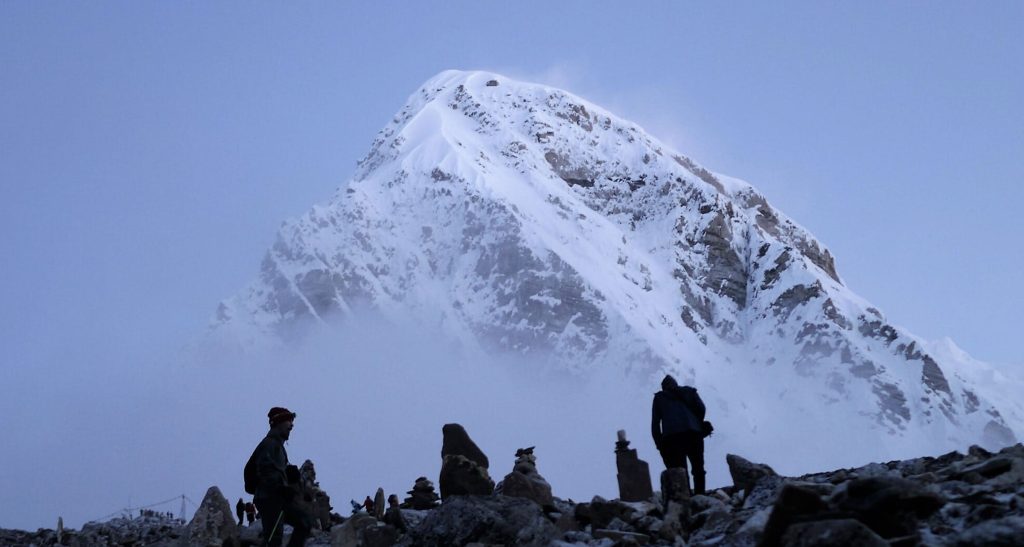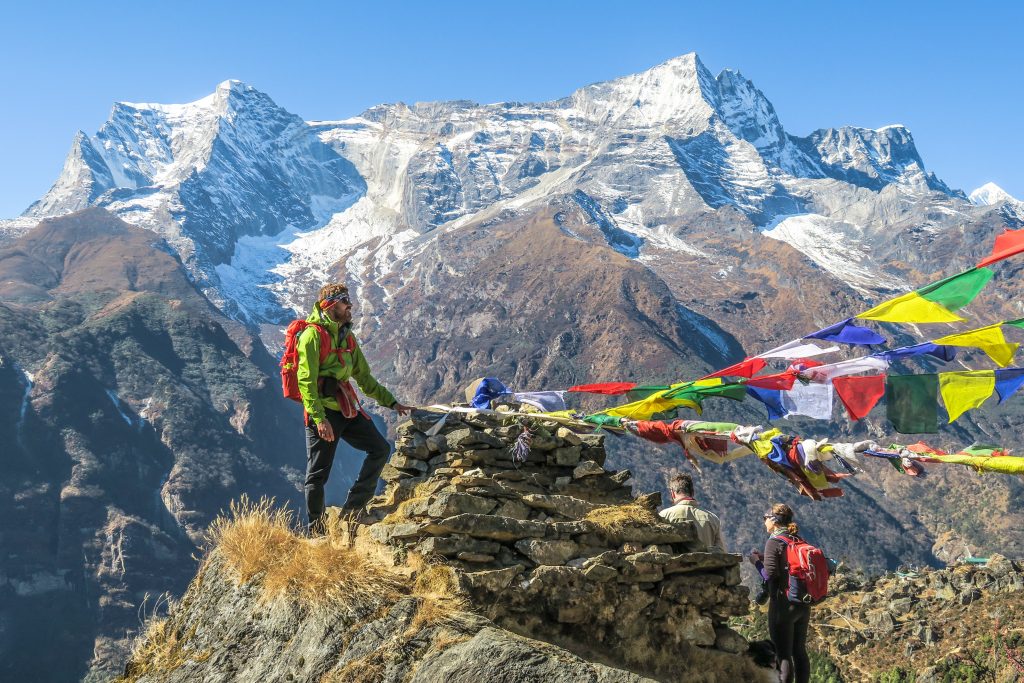If you’re planning a trek to Everest Base Camp, you may be wondering about the best way to get there from Kathmandu. With so many options available, it can be overwhelming to decide which route to take. This article aims to provide you with all the information you need to make an informed decision on how to get from Kathmandu to Everest Base Camp.
In this article, we will cover the different modes of transportation available for traveling from Kathmandu to Everest Base Camp, including helicopter, flight, and trekking. We will discuss the distance between Kathmandu and Everest Base Camp, as well as the time it takes to travel between the two locations. We will also explore the various costs associated with each mode of transportation, as well as provide a map of the route. Lastly, we will touch on the popular tours and packages available for those interested in trekking to Everest Base Camp.
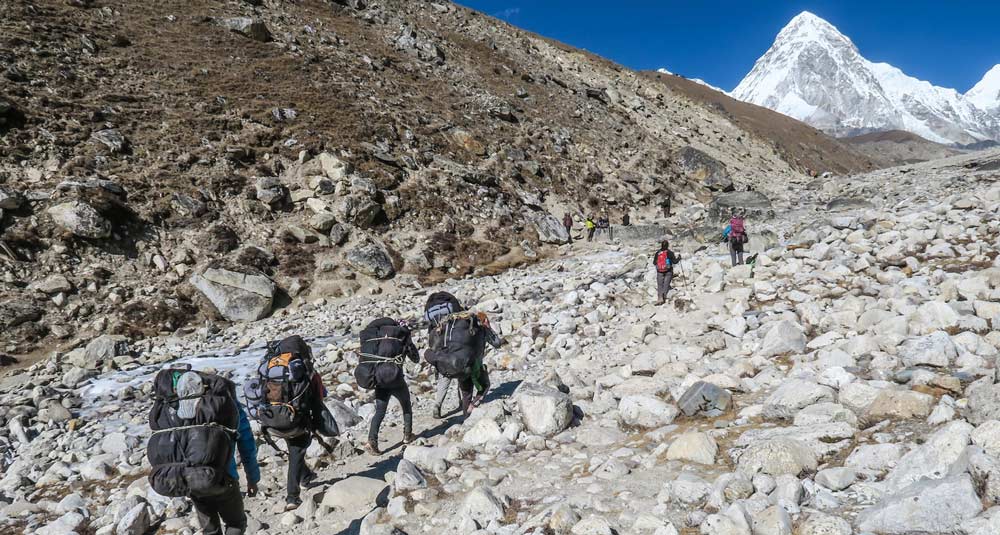
One of the most important considerations for anyone planning a trip to Everest Base Camp is the distance between Kathmandu and the Base Camp. The distance between Kathmandu and Everest Base Camp is approximately 150 kilometers (93 miles).
Information on the distance between Kathmandu and Everest Base Camp
The distance may not seem too great, but it is important to note that the trek itself can take several days to complete. The route passes through the Khumbu region, which is known for its rugged terrain and high altitude.
Comparison of the different modes of transportation available
There are several different modes of transportation available for getting from Kathmandu to Everest Base Camp. The most common modes of transportation are by plane, helicopter, or by foot.
If you choose to fly, the flight from Kathmandu to Lukla takes about 45 minutes and is considered to be one of the most scenic flights in the world. From Lukla, trekkers can begin the trek to Everest Base Camp.
For those looking for a quicker option, a helicopter ride from Kathmandu to Everest Base Camp is also available. This option is more expensive but offers a stunning aerial view of the mountain range.
Finally, for those who prefer to take the more traditional approach, trekking from Kathmandu to Everest Base Camp is an option. This trek can take anywhere from 12-16 days and is considered a challenging yet rewarding experience.
No matter which mode of transportation you choose, it is important to keep in mind the distance and the challenges that come with it. It is recommended that trekkers take their time and acclimatize to the altitude to avoid altitude sickness.
How to get from Kathmandu to Everest Base Camp
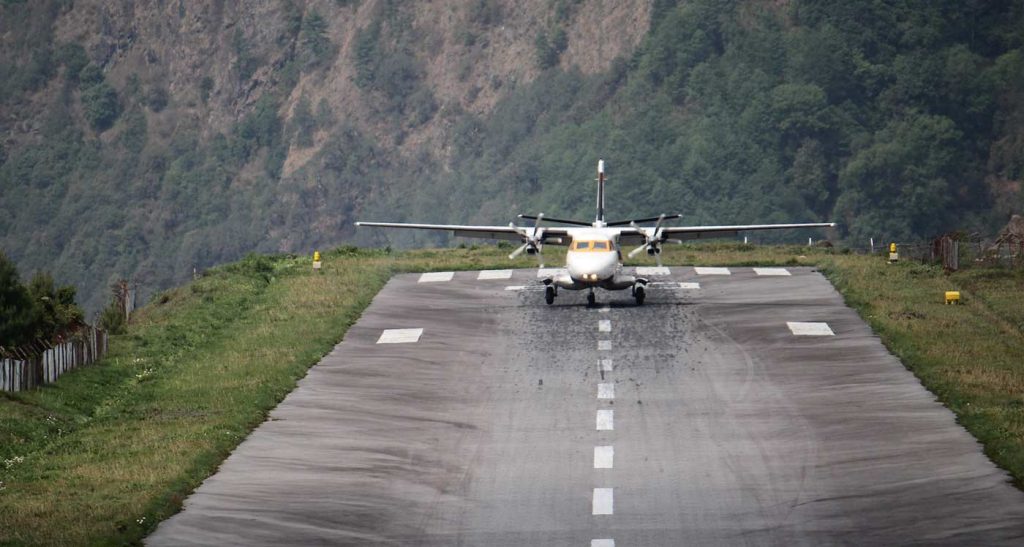
One of the most common questions asked by trekkers planning a trip to Everest Base Camp is how to get from Kathmandu to the base camp. There are several options available, each with its own advantages and disadvantages.
Overview of the transportation options available
1. By air:
The quickest and most popular option is to take a domestic flight from Kathmandu to Lukla, the starting point of the trek to Everest Base Camp. The flight takes around 30-40 minutes and provides stunning views of the Himalayas. However, flights can be cancelled or delayed due to bad weather, and tickets can be expensive during peak trekking season.
2. By road:
Another option is to take a bus or private car from Kathmandu to Jiri, which is the traditional starting point for the trek to Everest Base Camp. From Jiri, trekkers can follow the same route as those who start from Lukla. However, the road journey is long and can take up to 10-12 hours, and the road conditions can be rough.
3. By helicopter:
For those who prefer a more luxurious and scenic option, helicopter flights from Kathmandu to Everest Base Camp are available. The flight takes around 45-60 minutes and provides a unique and breathtaking view of the Himalayas. However, this option is considerably more expensive than other modes of transportation.
Comparison of the advantages and disadvantages of each option
By Flight
Advantages:
- Quickest option
- Provides stunning views of the Himalayas
- Convenient for those with limited time
Disadvantages:
- Flights can be cancelled or delayed due to bad weather
- Tickets can be expensive during peak trekking season
- Luggage weight limit is restricted
By Road
Advantages:
- Cheaper than flying
- Allows trekkers to follow the traditional route from Jiri
- Provides an opportunity to see the countryside
Disadvantages:
- Long journey time
- Rough road conditions
- Not as convenient as flying
By Helicopter
Advantages:
- Luxurious and scenic option
- Provides a unique and breathtaking view of the Himalayas
- Convenient for those with limited time
Disadvantages:
- Considerably more expensive than other modes of transportation
- Limited availability
- Restricted to small groups or individuals only
Trekking from Kathmandu to Everest Base Camp
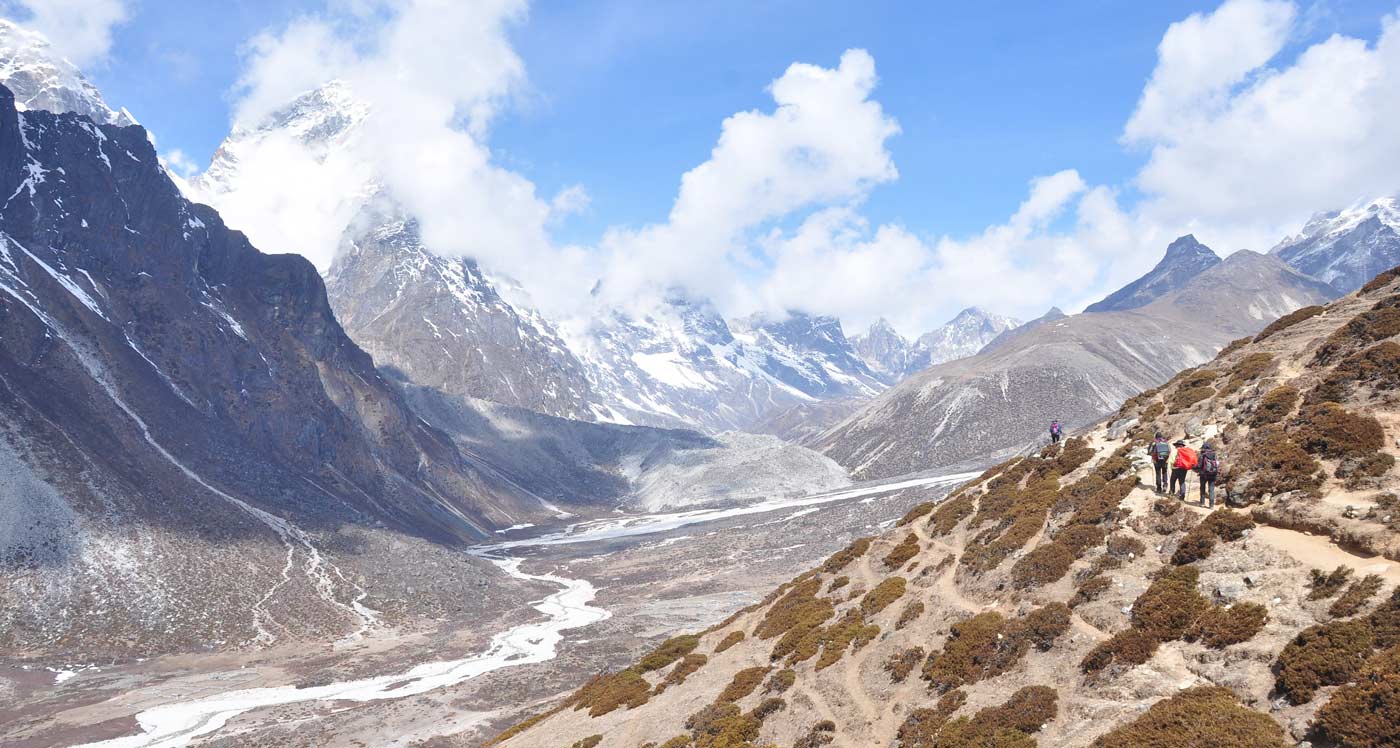
If you’re looking for an adventure of a lifetime, trekking from Kathmandu to Everest Base Camp is definitely a must-try. It’s a challenging trek that offers breathtaking views of the Himalayas, and is sure to leave you with memories that will last a lifetime.
Information on the Trekking Route from Kathmandu to Everest Base Camp
The trek from Kathmandu to Everest Base Camp is a popular trekking route that takes you through the heart of the Khumbu region in Nepal. The trek starts from Lukla, a small town located in the Solukhumbu District, and takes you through various scenic villages, lush green forests, and alpine meadows.
The trek from Lukla to Everest Base Camp is around 65 kilometers long and takes around 12 to 14 days to complete. It’s a challenging trek, but it’s definitely worth it as you’ll get to see some of the most spectacular views of the Himalayas, including Mount Everest, Lhotse, Nuptse, and Ama Dablam.
Overview of the Different Trekking Packages Available
There are several trekking packages available for those who want to trek from Kathmandu to Everest Base Camp. These packages vary in cost and duration, and offer different levels of comfort and services.
1. Budget Trekking Packages
Budget trekking packages are perfect for those who want to experience the trek without spending too much money. These packages offer basic accommodation, meals, and guide services, and are perfect for those who want to experience the trekking route on a tight budget.
2. Standard Trekking Packages
Standard trekking packages offer slightly more comfort and services than budget packages. These packages offer better accommodation, meals, and guide services, and are perfect for those who want a comfortable trekking experience without spending too much money.
3. Luxury Trekking Packages
Luxury trekking packages offer the highest level of comfort and services. These packages offer luxury accommodation, meals, and guide services, and are perfect for those who want a luxurious trekking experience.
Comparison of the Cost and Duration of Each Package
The cost and duration of each trekking package vary depending on the level of comfort and services offered. Budget packages usually cost around $1000 to $1500 per person, while standard packages can cost around $2000 to $2500 per person. Luxury packages can cost anywhere from $3000 to $5000 per person.
The duration of each package also varies, with budget packages usually taking around 12 to 14 days to complete, while standard and luxury packages can take around 16 to 18 days to complete.
Overall, trekking from Kathmandu to Everest Base Camp is an incredible adventure that offers stunning views of the Himalayas. Whether you’re on a tight budget or looking for a luxurious experience, there’s a trekking package for everyone.
Helicopter Tour from Kathmandu to Everest Base Camp
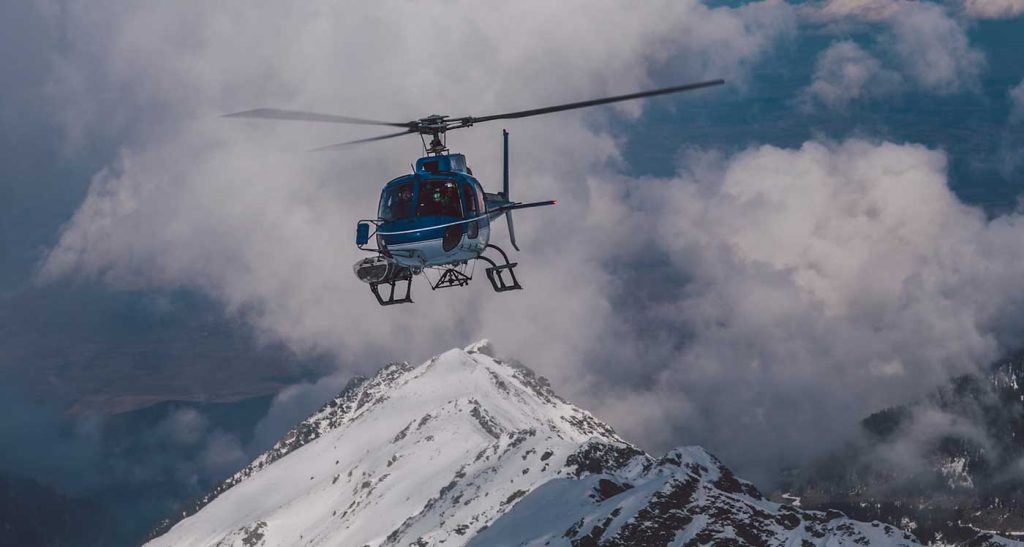
Information on the helicopter tour option
If you want to experience the stunning views of the Himalayas but don’t have the time or physical ability to trek all the way to Everest Base Camp, a helicopter tour is an excellent alternative. The helicopter tour from Kathmandu to Everest Base Camp takes you on a breathtaking journey over some of the world’s highest mountains and provides an unforgettable experience of a lifetime.
The helicopter tour typically takes off from Kathmandu and flies to Lukla, the gateway to the Everest region. From there, you will fly over the Dudh Kosi River valley and get a glimpse of the beautiful Sherpa settlements of Phakding and Namche Bazaar. As you ascend higher, you will fly over Tengboche Monastery, the largest and oldest monastery in the Khumbu region.
The highlight of the helicopter tour is, of course, the Everest Base Camp. From the helicopter, you will get a bird’s eye view of the Khumbu Glacier and the Khumbu Icefall, which is one of the most challenging and dangerous sections of the climb to the summit of Mount Everest.
Overview of the benefits of taking a helicopter tour
The helicopter tour is a fantastic way to see the mountains without the physical strain of trekking. It’s perfect for people who want to see Everest but have limited time, physical fitness, or who prefer to take a less strenuous option.
In addition to the incredible views, a helicopter tour allows you to cover a lot of ground quickly and efficiently. You can see more in a few hours than you would on a multi-day trek, and you get to avoid the physical exertion and altitude sickness that can affect some trekkers.
Another benefit of the helicopter tour is that it’s a great option for people who want to experience Everest with a group of friends or family members. A private helicopter tour can be a memorable way to celebrate a special occasion or to mark a milestone.
Comparison of the cost and duration of the helicopter tour
A helicopter tour to Everest Base Camp is undoubtedly more expensive than a trek, but it is a luxurious and unforgettable experience. The cost varies depending on the package you choose, but you can expect to pay anywhere from $1000 to $3000 per person.
The duration of the helicopter tour varies depending on the package, but most tours take around 4-5 hours from start to finish, including time for stops and photo opportunities.
Compared to trekking, the helicopter tour is a much shorter and more expensive option, but it’s perfect for those who want to see the mountains without the physical strain of trekking. The helicopter tour is also a fantastic way to celebrate a special occasion, and it provides an unparalleled opportunity to see the highest peaks in the world from a unique perspective.
Cost of Trekking from Kathmandu to Everest Base Camp
Trekking from Kathmandu to Everest Base Camp can be an unforgettable adventure, but it is important to consider the costs involved in the journey. While trekking is generally a more affordable option than taking a helicopter tour, the overall costs can vary depending on the trekking package you choose and the duration of the trek.
Detailed breakdown of the costs involved in trekking from Kathmandu to Everest Base Camp
- Permit Fees: In order to trek to Everest Base Camp, trekkers must obtain two permits – the Sagarmatha National Park Permit and the TIMS (Trekkers’ Information Management System) Card. The Sagarmatha National Park Permit costs approximately USD 34 for foreign nationals, while the TIMS Card costs around USD 10.
- Accommodation: There are various types of accommodation options available along the trekking route, ranging from basic teahouses to more luxurious lodges. The cost of accommodation can vary depending on the type of accommodation you choose, with basic teahouses costing around USD 5-10 per night and more luxurious lodges costing around USD 50-100 per night.
- Food and Drinks: Food and drinks are available at various stops along the trekking route, and the cost of meals can vary depending on the type of food and the location. Generally, meals cost around USD 5-10 per meal, while drinks such as tea and water cost around USD 1-3.
- Equipment Rental: Trekkers who do not have their own equipment may need to rent gear such as sleeping bags, trekking poles, and jackets. The cost of equipment rental can vary depending on the quality of the equipment and the duration of the trek.
- Guide and Porter Fees: Hiring a guide and porter is optional but highly recommended, especially for those who are trekking for the first time. The cost of hiring a guide can range from USD 25-50 per day, while porters typically cost around USD 15-25 per day.
Comparison of the cost of different trekking packages
There are various trekking packages available for those who want to trek from Kathmandu to Everest Base Camp, ranging from budget-friendly options to more luxurious packages. The cost of these packages can vary depending on the duration of the trek and the level of comfort provided.
- Budget-Friendly Packages: Budget-friendly packages typically cost around USD 800-1200 per person and include basic accommodation and meals, permits, and guide and porter fees. These packages typically have a longer duration, with trekking periods ranging from 12-16 days.
- Mid-Range Packages: Mid-range packages typically cost around USD 1200-2000 per person and include more comfortable accommodation and meals, permits, and guide and porter fees. These packages typically have a shorter duration, with trekking periods ranging from 8-12 days.
- Luxury Packages: Luxury packages typically cost around USD 2500-4000 per person and include high-end accommodation and meals, permits, and guide and porter fees. These packages typically have a shorter duration, with trekking periods ranging from 6-8 days.
It is important to carefully consider your budget and personal preferences before choosing a trekking package, as the cost can vary significantly depending on the package chosen.
Everest Base Camp Trek Map
If you are planning a trek to Everest Base Camp, having a map of the trek is essential. A map will help you get a sense of the route, the altitude changes, and the different landmarks along the way. Here is an overview of the Everest Base Camp trek map:
Overview of the Map
The Everest Base Camp trek map covers a distance of approximately 130 kilometers (80 miles) from Lukla to Everest Base Camp and back. The trek starts at Lukla, which is a small town in the Solukhumbu district of Nepal. From Lukla, you will trek through different villages, including Phakding, Namche Bazaar, Tengboche, Dingboche, and Lobuche, before reaching Everest Base Camp.
The trek is challenging and requires a good level of fitness, as you will be trekking at high altitudes. The altitude gradually increases as you move towards Everest Base Camp, reaching a maximum of 5,364 meters (17,598 feet) at Kala Patthar.
Explanation of Different Landmarks
- Lukla Airport – The trek starts with a flight from Kathmandu to Lukla Airport, which is known as one of the most dangerous airports in the world due to its short runway and location in the mountains.
- Phakding – The first village you will encounter after Lukla, which is located at an altitude of 2,651 meters (8,700 feet).
- Namche Bazaar – The largest village in the Khumbu region and a popular stop for acclimatization. Namche Bazaar is situated at an altitude of 3,440 meters (11,286 feet) and has several hotels, restaurants, and shops.
- Tengboche – A small village located at an altitude of 3,867 meters (12,684 feet), which is famous for its Tengboche Monastery.
- Dingboche – Another village that is popular for acclimatization, situated at an altitude of 4,410 meters (14,468 feet).
- Lobuche – A small village situated at an altitude of 4,910 meters (16,108 feet), which is the last stop before reaching Everest Base Camp.
- Everest Base Camp – The ultimate destination of the trek, situated at an altitude of 5,364 meters (17,598 feet), at the foot of the Khumbu Icefall.
Overall, having a map of the Everest Base Camp trek is essential for anyone planning to undertake this challenging but rewarding journey. It will help you get a sense of the route, the altitude changes, and the different landmarks along the way, making it easier to plan and prepare for the trek.
Best Time to Trek from Kathmandu to Everest Base Camp
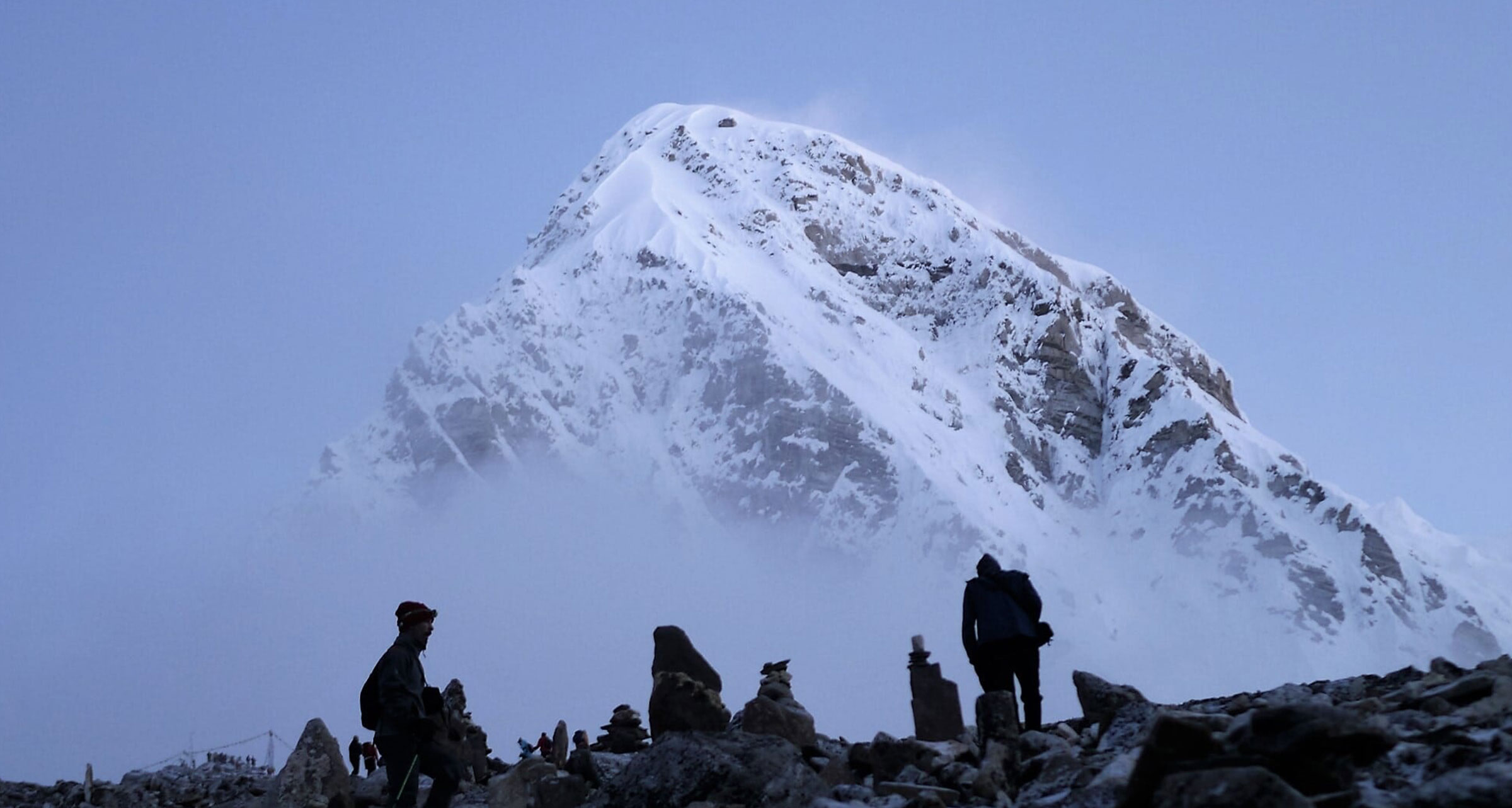
If you’re planning to trek from Kathmandu to Everest Base Camp, it’s essential to consider the best time to go. Trekking to Everest Base Camp is a year-round activity, but the weather and climate can significantly impact your experience. In this section, we’ll discuss the different seasons for trekking to Everest Base Camp and the advantages and disadvantages of trekking in each season.
Explanation of the different seasons for trekking to Everest Base Camp
Autumn Season (September to November)
The autumn season is the best time to trek to Everest Base Camp. The weather is stable, and the skies are clear, providing stunning views of the mountains. The temperature is mild during the day, and the nights can be cold, so it’s essential to pack warm clothing.
Advantages:
- Stable weather and clear skies
- Stunning views of the mountains
- Mild temperatures during the day
Disadvantages:
- Crowded trails
- Higher trekking permit fees
Winter Season (December to February)
Winter is the coldest season in Nepal, and trekking to Everest Base Camp can be challenging during this time. The temperature drops below freezing, and there’s a high chance of snowfall. The days are shorter, and the trails can be slippery, making it difficult to trek.
Advantages:
- Fewer crowds on the trails
- Cheaper trekking permit fees
Disadvantages:
- Harsh weather conditions
- Shorter days
- Trails can be slippery
Spring Season (March to May)
Spring is another popular season for trekking to Everest Base Camp. The weather is stable, and the temperatures are mild during the day, making it an ideal time to trek. The flowers are in full bloom, providing a beautiful view of the mountains. However, the skies can be hazy, and the trails can be crowded.
Advantages:
- Stable weather and mild temperatures
- Beautiful views of flowers in bloom
- Longer days
Disadvantages:
- Crowded trails
- Higher trekking permit fees
Summer Season (June to August)
The summer season is the monsoon season in Nepal, and trekking to Everest Base Camp can be challenging during this time. The trails can be slippery, and there’s a high chance of landslides. The visibility is also poor, making it difficult to see the mountains.
Advantages:
- Fewer crowds on the trails
- Cheaper trekking permit fees
Disadvantages:
- Poor visibility due to monsoon rains
- Trails can be slippery
- High chance of landslides
Tips for Trekking from Kathmandu to Everest Base Camp
Trekking to Everest Base Camp is an adventure of a lifetime, and to make the most out of this experience, it’s essential to be well-prepared. Here are some tips to help you with your trek:
Dos and Don’ts of Trekking to Everest Base Camp
- Do hire a licensed guide and porter: Trekking with a licensed guide and porter is not only safer but also helps to support the local community.
- Do acclimatize properly: Altitude sickness is a real concern when trekking to Everest Base Camp, and it’s crucial to acclimatize properly. Take enough time to rest and acclimatize to the high altitude.
- Do stay hydrated: Drinking enough water is essential to prevent altitude sickness and keep you energized during the trek.
- Don’t litter: It’s important to follow the principles of ‘Leave No Trace’ and ensure that you carry back all your garbage with you.
- Don’t trek alone: Trekking alone can be dangerous, and it’s recommended to trek with a group or hire a licensed guide and porter.
Necessary Equipment and Gear
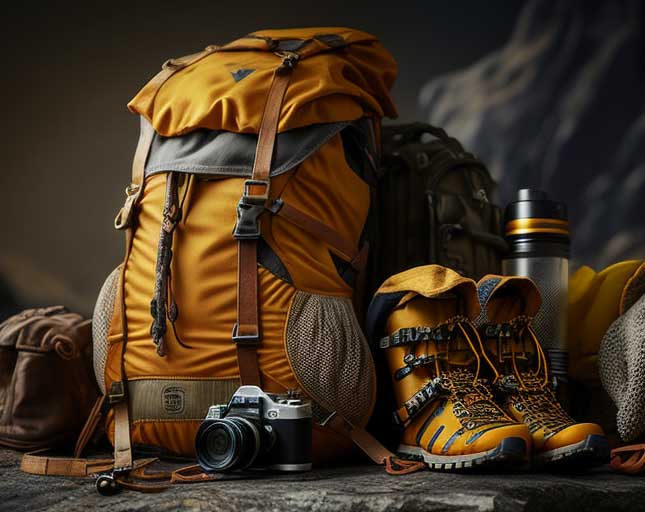
- Trekking shoes: Good quality trekking shoes are essential for a comfortable and safe trek.
- Warm clothing: The temperature can drop significantly at higher altitudes, so it’s essential to pack warm clothing.
- Sleeping bag: A good quality sleeping bag is essential for a comfortable night’s sleep in the mountains.
- Trekking poles: Trekking poles help to reduce the strain on your knees and provide support on rough terrain.
- Sunscreen and sunglasses: The sun’s rays are stronger at higher altitudes, so it’s essential to carry sunscreen and sunglasses to protect your skin and eyes.
Required Permits
- Sagarmatha National Park Entry Permit: All trekkers need to obtain a Sagarmatha National Park Entry Permit to trek to Everest Base Camp.
- TIMS Card: Trekkers also need to obtain a TIMS card (Trekkers’ Information Management System) to ensure their safety and security during the trek.
By following these tips, you can make your trek to Everest Base Camp a safe and enjoyable experience.
Conclusion
Summary of the key points covered in the article:
In this article, we have explored different options for traveling from Kathmandu to Everest Base Camp, including trekking and helicopter tours. We have provided an overview of the distance between Kathmandu and Everest Base Camp, transportation options, cost breakdown, trek map, best time to trek, and essential tips for trekking. By providing this information, we hope to help readers plan their trip to Everest Base Camp with greater ease and confidence.
Final thoughts and recommendations for readers planning to trek to Everest Base Camp from Kathmandu:
Trekking to Everest Base Camp is a once-in-a-lifetime experience that requires proper planning and preparation. Whether you choose to trek independently or with a tour agency, it is essential to have a realistic itinerary, sufficient gear and equipment, and adequate acclimatization time. Additionally, it is important to respect the local culture, follow the trekking guidelines, and minimize your impact on the environment. By doing so, you can ensure a safe, enjoyable, and memorable trek to Everest Base Camp.

